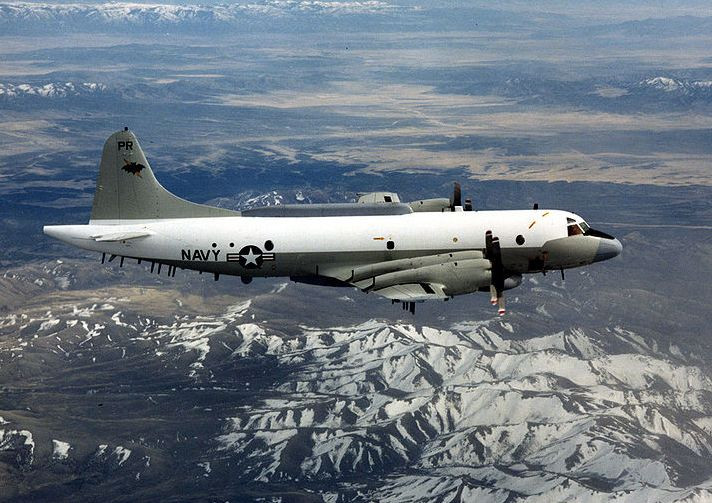South China Sea tensions: US to review 'unsafe' Chinese jet interception of military spy plane

The United States Department of Defense (DoD) is investigating how a US Navy E-P3 spy plane was intercepted by two Chinese fighter jets in what was described as an unsafe way. The incident took place in the South China Sea, which has recently been the location of a number of similar incidents.
The US military plane was taking part in what was described as a routine patrol on Tuesday (17 May) when the incident occurred, said Defense Department spokesperson Lt. Col. Michelle Baldanza. Two Chinese J-11 fighter jets reportedly came within approximately 50 feet of the US plane.
"Initial reports characterized the incident as unsafe," said Baldanza in a written statement, adding: "Over the past year, DoD has seen improvements in PRC [Peoples' Republic of China] actions, flying in a safe and professional manner."
The US claims to own photographs of the incident, but has not released them as they are classified. The incident is being investigated through military and diplomatic channels, said the statement.
The US and China are increasingly at loggerheads in the South China Sea, which is thought to have rich oil and gas deposits. Both sides accuse the other of excessive militarization in the region, through which $5 trillion of shipping passes through. each year, according to NBC.
On Tuesday, 10 May, a US warship sailing through the region was shadowed by Chinese fighter jets and war ships. The US claims China is building up its military presence on the Spratly archipelago and may restrict the freedom of shipping.
However, in a recent letter to the FT, China's Ambassador to the UK, Liu Xiaoming, refuted such claims. "The reality is that more than 100,000 vessels pass through the South China Sea every year," said Xiaoming. "In no single case has freedom of navigation been affected. The freedom of navigation is in fact the 'freedom' for the US to assert its maritime dominance in the South China Sea and challenge the sovereignty, security and maritime rights of others."
© Copyright IBTimes 2025. All rights reserved.






















